“Help me, Doc! He’s stopped breathing!” The climber had struggled from the two-man tent immediately beside my own and was smacking his hand on my flysheet to ensure I was awake.
It was Everest North Face, Advanced Base Camp, 2 a.m., and the climber’s tent partner was apparently in trouble.
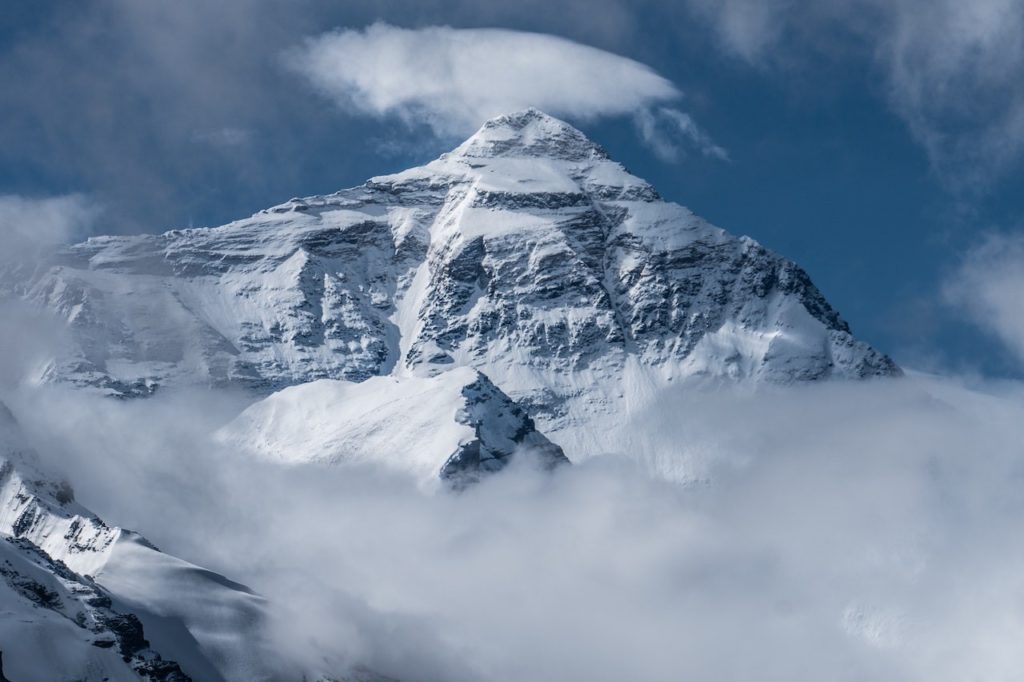
As the expedition doctor, I was strangely relaxed. “It sounds like Cheyne-Stokes breathing,” I commented from inside the warmth of my sleeping bag.
“What’s that?”
“It’s sometimes called periodic breathing,” I replied. “Climbers stop breathing, seemingly forever, but probably no more than 20 seconds. They then start again with a huge gasp. At sea level it can signify a problem, but it is common in healthy people above 3000 metres.”
I felt sure I was correct, as thanks to thin tent walls, I had been listening to his partner’s irregular breathing for the previous two hours. I had not expected his climbing partner to panic.
“If you say so,” said the mountaineer doubtfully, from a cold darkness outside. I heard him re-enter his tent and soon I was listening to two climbers with Cheyne-Stokes breathing, not one. They continued until dawn.
On Everest (8848m), research has shown that nearly 60% of climbers develop altitude symptoms. Yet it is not just Everest. Up to 80% of those climbing Morocco’s Toubkal (4167m) can fall sick, as can 75% of those climbing Tanzania’s Kilimanjaro (5895m). If you climb a high mountain, wherever it may be, you can expect a degree of altitude sickness.
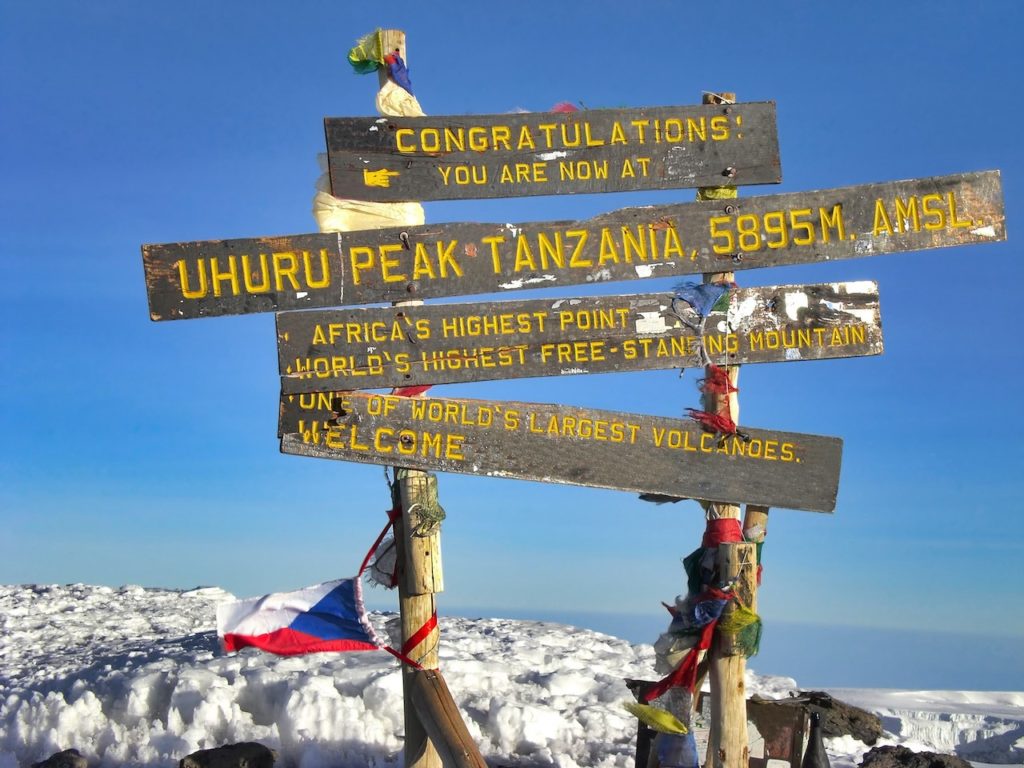
The problem is created by oxygen, which forms 21% of atmospheric air. Air may seem light, but above us the atmosphere is 480 kilometres thick. This pushes downwards to cause air pressure. The higher we go, the less air there is above, so the lower air pressure becomes. The percentage of oxygen remains roughly the same, at 21%, but by the summit of Mont Blanc (4809m), air pressure has fallen to half that found at sea level. You must breathe twice as hard at the top of Mont Blanc to take in the same quantity of oxygen as you would on a beach in the Maldives.
As we ascend, we hope to acclimatise. If our bodies cannot adjust, acute mountain sickness (AMS) is the result. This has three levels of severity – mild, moderate and severe.
For mild AMS, there is a manageable headache and fatigue, loss of appetite and disturbed sleep. Symptoms will generally improve after a few days, and it is possible to stay at height.
Moderate AMS causes a headache not relieved by medication, but with nausea, poor co-ordination and shortness of breath. The treatment is descent until better.
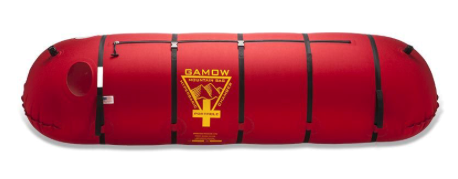
Severe AMS is an emergency, with breathlessness even at rest. Immediate descent is essential unless a medical team has a portable hyperbaric bag (left).
There are two worrying forms of severe AMS. One is called HAPE (high altitude pulmonary oedema), when the lungs can fill with fluid, and the other is HACE (high altitude cerebral oedema), when the same happens to the brain. Permanent brain damage is possible.
To reduce the risk of developing AMS, many follow three guidelines:
- First, look at yourself. If you live at over 1000 metres above sea level, the chances of AMS are reduced. Latitude is also significant. The nearer the Equator, the lower the risk. For example, the pressure of oxygen on the summit of Alaska’s Mount McKinley (6190m) is the equivalent of a 6900-metre summit in the Himalayas. An earlier episode of AMS is certainly a predictor for subsequent altitude sickness. Women are at higher risk than men, younger more than older, and certain pre-existing diseases, anaemia for example, can spell trouble. Surprisingly, being fit is not a guaranteed protection. Smoking is a problem, as are alcohol, sleeping pills, and obesity.
- Second, look at your speed of ascent. If possible, do not fly directly to high altitude. Start below 3000 metres and walk up. Increase altitude by 300 metres daily with a rest day every three days. Not all tourist treks to popular high-altitude peaks allow sufficient time to acclimatise in this way.
- Third, consider medication, although always ask your doctor, and beware allergies and interactions. I take Diamox (acetazolamide) prophylactically at altitude and start it 24 hours before I arrive. If I experience symptoms, then I increase the dose. Others try dexamethasone for prophylaxis, starting on the day of ascent. I worry about this, as dexamethasone can have side effects, so I only use it for emergencies.
AMS is more common than you think, so see your doctor before you go and remember that nothing is normal at altitude. Expect AMS, avoid it, and do not panic should it happen. Be sure to get it right with altitude.
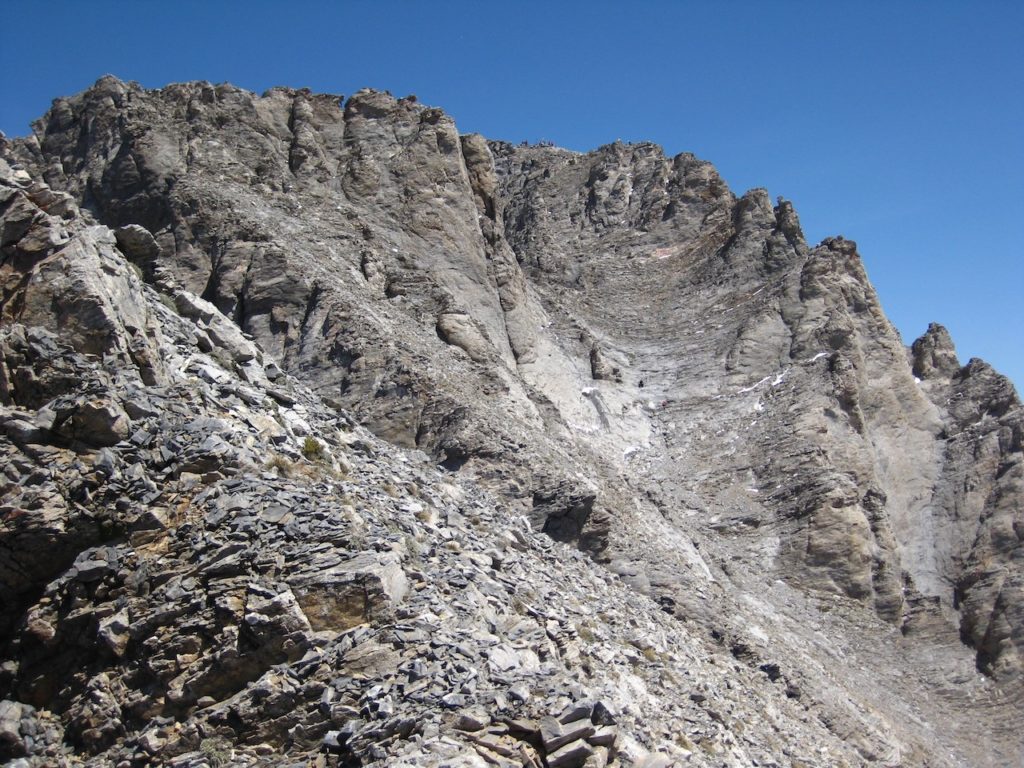
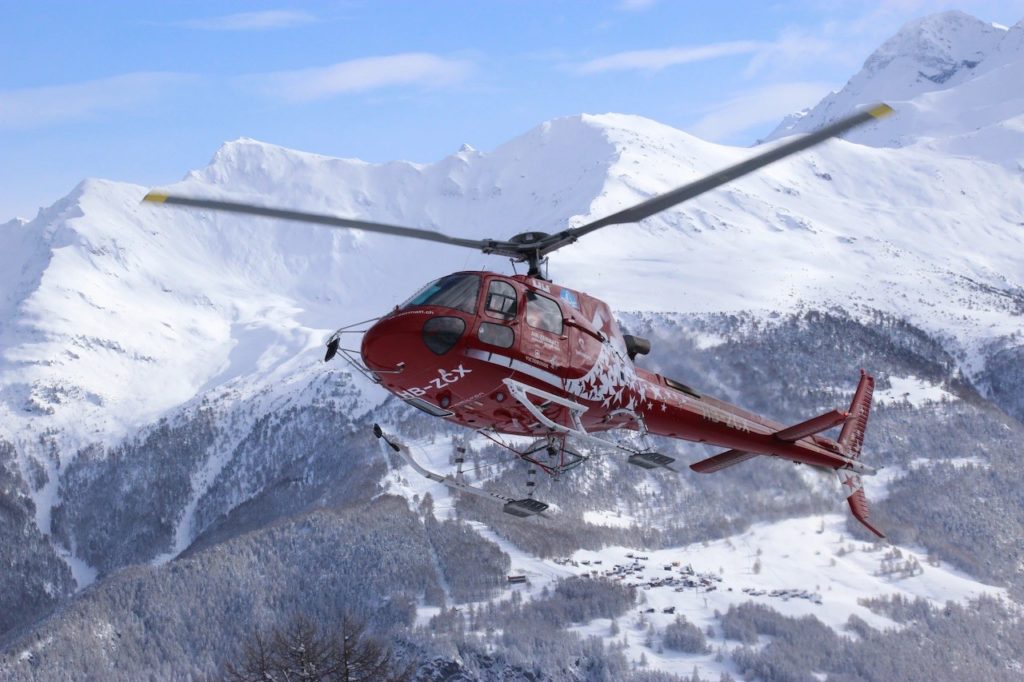
***
If you are going to high altitude…
First and last – see your doctor, see your doctor, see your doctor. Do not take this article as official advice. Remember that things can go wrong very rapidly, and unexpectedly, in the mountains.
Classification of altitude levels:
- High: 8-12,000 feet (2438-3658 metres). E.g., Aspen, Colorado (2438m)
- Very high: 12,000-18,000 feet (3658-5487 metres) E.g., Mont Blanc (4809m)
- Extremely High: >18,000 feet (>5500 metres). E.g., Kilimanjaro (5895m), McKinley (6190m), Aconcagua (6961m), Everest (8848m)
Symptoms of Acute Mountain Sickness (AMS)
I treat all symptoms at altitude as being AMS until proven otherwise.
Mild:
- Symptoms – headache, dizziness, fatigue, breathlessness, loss of appetite, nausea, disturbed sleep, feeling unwell. Symptoms normally start at 12-24 hours after arrival at altitude.
- Management – ascend no further; wait for a day and see how you feel.
Moderate:
- Symptoms – headache not relieved by medication, nausea and vomiting, weakness, fatigue, shortness of breath, decreased co-ordination, normal activities are difficult.
- Management – descend; ask a medic.
Severe:
- Symptoms – increase in the symptoms of moderate AMS, severe headache, breathlessness at rest, inability to walk, decreased mental ability.
- Management – descend immediately if you can; you need a medic.
Medication (always ask your doctor beforehand)
Prophylaxis:
- Diamox (acetazolamide) 125-250mg orally twice daily – think about trying this before you leave home, in case of side-effects or allergy. Start 24 hours before reaching high altitude.
- Dexamethasone 40mg orally twice daily – I am not a dexamethasone enthusiast for prophylaxis, because of side effects, but some folk do take it.
Therapy (moderate or severe AMS) – there are several choices:
- Diamox 250mg three times daily
- Dexamethasone 12-20mg daily
- Prednisolone 40 mg daily
- Simple analgesia (e.g., paracetamol) for headache
- Bottled oxygen
- Hyperbaric bag
Things to keep in mind
- See your doctor before you go
- Keep yourself hydrated
- Avoid coffee
- Avoid sleeping pills
- Avoid alcohol
- Eat a high carbohydrate diet
- Lose weight
- Allow time for acclimatisation – when above 2500 metres, ascend no more than 300 metres daily and take a rest day every three days
- Be sure that any organisation with which you travel has a sound medical plan in place. Ask what will happen if you become unwell while you are away and be satisfied with the answer before you leave.
- Be certain you are insured (and insurable)
Further information:
- Curtis R. Outdoor action guide to high altitude: acclimatization and illness. https://www.princeton.edu/~oa/safety/altitude.html
- Altitude sickness (NHS) – https://www.nhs.uk/conditions/altitude-sickness/











